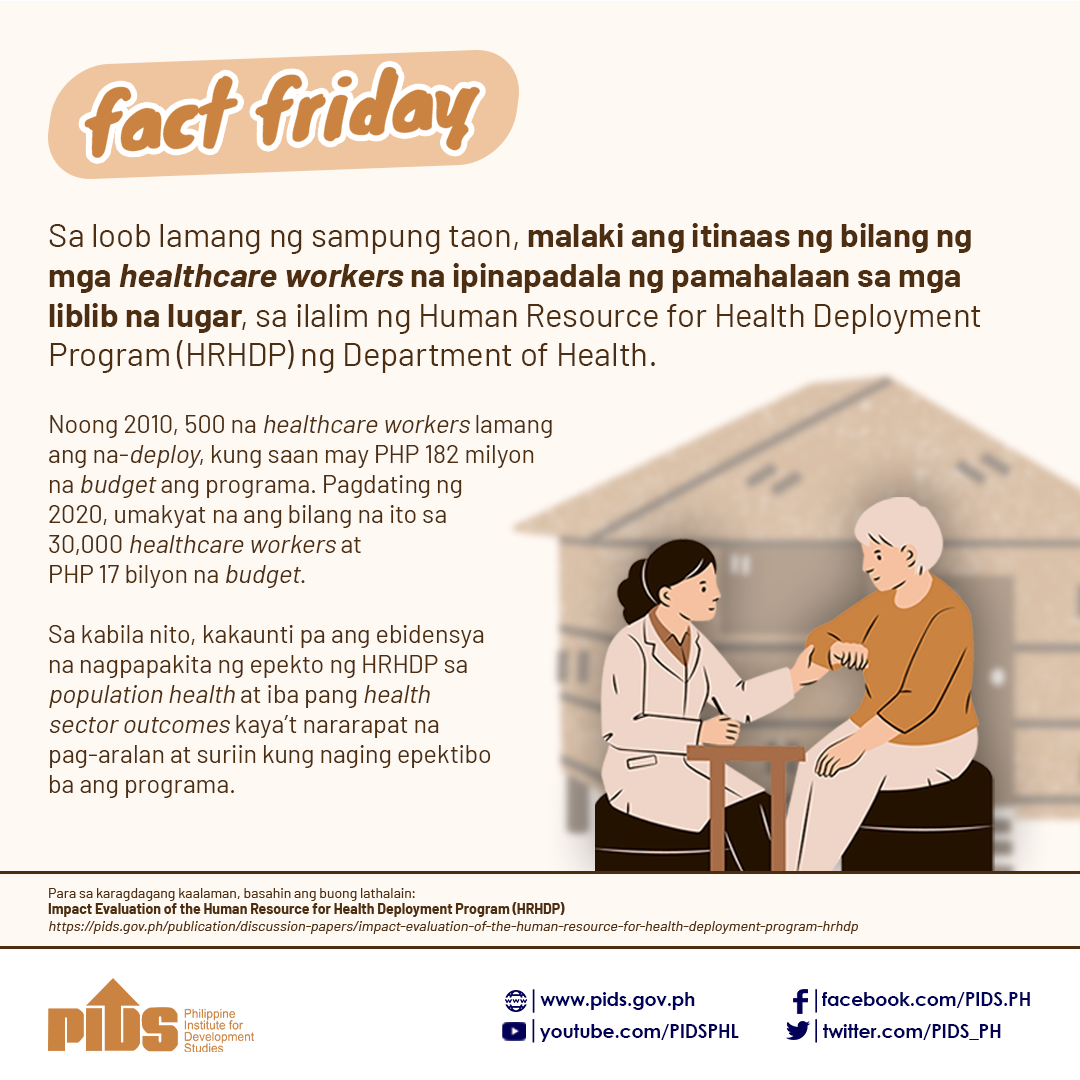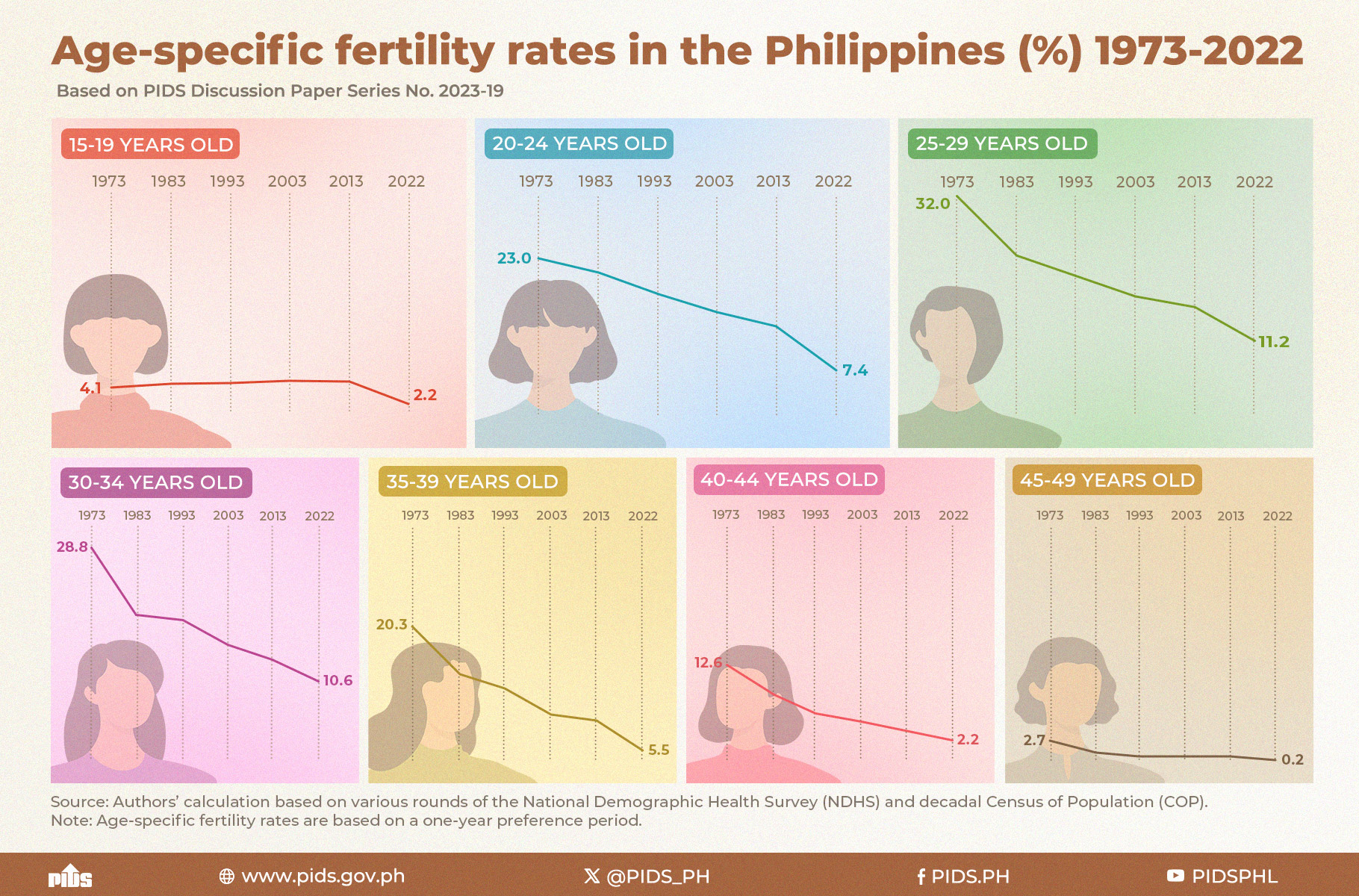IN order to transform Philippine agriculture into a high-growth sector, the World Bank and local economists said achieving farm growth rate that is faster than population growth should be sustained for multiple years.
In a briefing on Wednesday, World Bank Senior Agriculture Economist Eli Weiss said the Philippines should endeavor to grow the agriculture sector above the country’s population growth for “multiple years” to significantly cut poverty and reduce inequality in the country.
Data from the Philippine Statistics Authority (PSA) showed population growth rate clocked in at an average of 1.72 percent annually between 2010 and 2015.
“Yes, agri growth rate, and I meant that it should be higher than the population growth rate,” Weiss clarified in an e-mail to BusinessMirror. “The report doesn’t look at this aspect, but growth should be sustained over multiple years. However, the growth should be on one hand inclusive, so that smallholders can benefit of the growth, and it has to be environmentally sustainable.”
Local economists, however, believe the growth of the farm sector should be even higher at around 4 percent annually, and should be sustained at least for a decade.
Philippine Institute for Development Studies (PIDS) senior research fellow Roehlano Briones told BusinessMirror that farm growth should be high at 4 percent annually but also inclusive.
For his part, University of Asia and the Pacific (UA&P) Center for Food and Agribusiness (CFA) Executive Director Rolando T. Dy told this newspaper a growth of 4 percent for a period of two administrations would be a good goal.
Dy said this may be a tall order given the agriculture sector only posted growth of 2 percent in the past. Last year, the combined growth of the agriculture, fishery, and forestry sector averaged 1.2 percent and in 2018, at 1.1 percent.
In 2017, PSA data showed, the average growth was at 4.2 percent coming from a contraction of 1 percent in 2016.
“The Philippine government has to increase agriculture budget and attract private investments into non-rice sector like tree crops and aquaculture. We need at least two agriculture development presidents to reduce rural poverty,” Dy said.
Agriculture transformation
In the report “Transforming Philippine Agriculture During Covid-19 and Beyond,” the World Bank said transforming the country’s farming and food systems is even more important during the Covid-19 pandemic to ensure strong food value chains, affordable and nutritious food, and a vibrant rural economy.
Ndiame Diop, World Bank country director Brunei, Malaysia, Thailand, and the Philippines said transforming the agriculture sector is a necessary component in the country’s growth and development as a high-income country.
Under the AmBisyon 2040, the Philippines aims to become a high-income country by 2040 or 20 years from today. The World Bank estimates that a high-income country has a Gross National Income (GNI) per capita of $12,536 or more.
Currently, the Philippines is classified as a lower middle-income country with a GNI per capita of $1,036 and $4,045. It was the government’s aim of becoming an
upper middle-income country (UMIC), with a GNI per capita of $4,046 and $12,535, this year.
However, due to the pandemic, the National Economic and Development Authority (Neda) said becoming an UMIC may be possible next year.
“Modernizing the country’s agricultural sector is a very important agenda for the Philippines. Precisely, transforming Philippine agriculture into a dynamic, high-growth sector is essential to poverty reduction, inclusive growth and getting to the next level income and development,” Diop said.
“With the exception of a few natural resource-rich countries, no country has successfully transitioned from middle- to high-income status without having achieved an effective transformation of their agri-food systems,” he added.
In a presentation, Weiss said agricultural transformation requires a shift from farm-centered and subsistence-oriented agricultural systems to an off-farm centered and market-driven sector.
This will require sufficient investments not only in specific commodities in terms of subsidies for inputs such as fertilizer, planting materials, and machines, but also in other agriculture industries.
These public goods should include research and development (R&D), infrastructure, innovation systems, market information systems, and biosecurity systems.
Weiss said that currently, the Department of Agriculture’s budget remains rice-centric. Rice accounts for 18 percent of the value of production.
In the 2020 budget, Weiss noted that rice accounts for 48 percent of production services; 53 percent for extension support, education, and training services; and 35 percent of agriculture equipment and facilities.
Weiss added that the government’s rice program also accounts for 49 percent of research and development as well as 88 percent of irrigation services.
“The report suggests shifting away from a focus on specific crops towards improving the overall resilience, inclusiveness, competitiveness, and sustainability of the sector,” Weiss said.
“(There is also a need to shift) to a more demand-driven sector, with adjusted modalities of government support, strengthened evidence-based decision-making, and larger focus on public goods. This would lead to a more diversified sector with strong food value chains, affordable and nutritious food, and a vibrant rural economy,” he said.
The report was prepared as part of World Bank’s support to the Department of Agriculture’s “new thinking” in agricultural development, which suggests shifting from a heavy focus on specific crops toward improving the overall resilience, competitiveness and sustainability of the rural sector.
World Bank’s support to the Philippines includes long-running programs meant to raise agricultural productivity and reduce poverty in rural communities. A current example of this is the Philippine Rural Development Project (PRDP), which aims to boost rural incomes and enhance farm and fishery productivity.
Several projects are in the pipeline to help raise agricultural productivity, resiliency and access to markets of farmers and fisherfolk in selected ancestral domains in Mindanao; and improve management of coastal fishery resources in selected coastal communities.











